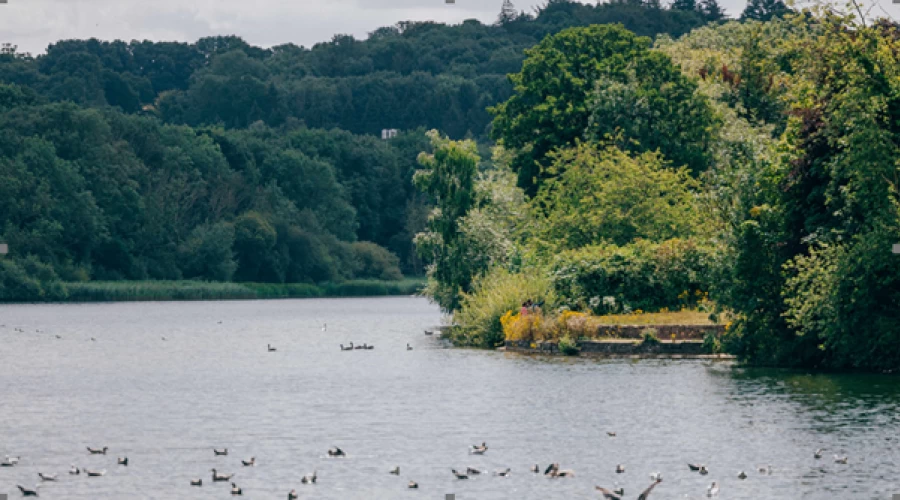Earthquakes
- Risk Level: Low
- Risk Ref. #: NRR44
- Likelihood/Impact: 1/2
- Download the Risk Register

Introduction
Earthquakes to us in the UK probably feel somewhat distant – the most we ever really see of them are in ‘interesting’ disaster films or on the news bulletins from abroad where a country has suffered a deadly quake. Unfortunately, millions of people live in earthquake prone areas across the world and living with the fear of one occurring is just part of daily life. However, the UK isn’t completely risk free from earthquakes and below we will show you why.
Interesting facts
- The 1556 earthquake in Shensi in China killing 830,000 people is the deadliest in history
- The 1960 earthquake in Chile is the strongest measured to have a magnitude of 9.5.
Reference; Earthquake Facts & Earthquake Fantasy | U.S. Geological Survey (usgs.gov)
Local Risk Rating
Earthquakes is assessed as Low risk on our Community Risk Register. Take a look at the table shown in What is Risk? to understand why.
- Impact: Minor (2)
- Likelihood: Low (1)
- Rating: Low
What is it?
The important thing here is to not go into a geography lesson, but it is important to consider a few key factors. Earthquakes are basically the ground shaking (sometimes known as rolling), which are caused by a sudden slip on a fault. These slips are caused by stresses in the Earth’s crust pushing the sides of the fault together, once enough stress builds up at the fault, a slip may occur forcing an energy wave up through the Earth’s crust, reaching us on the ground as an Earthquake.
The world is made up of something called Tectonic plates (we can’t see them as they are very deep below ground), these constantly move at a very slow rate which causes what is described above as faults.
Earthquakes are measured in number of ways some of which are shown below, most of the time we will see them shown in the news on the Richter or Moment Magnitude Scale.
Richter Scale (most well-known) – logarithmic scale that measures the magnitude of an earthquake (how much energy released)
Moment Magnitude Scale – measures magnitude by looking at the entire movement of the earthquake, this is more commonly used today over the Richter scale
Mercalli Scale – measures the intensity by looking at its effects on people, the environment and Earth’s surface
How do we get earthquake’s in the UK?
Although the UK is quite far from the nearest plate boundary, we do experience between 200 – 300 earthquakes a year. These are caused by crustal stresses within the plates being relieved by the movement on pre-existing fault planes. The most important thing is that the risk in the UK is not significant.
We receive a magnitude 5.0 or higher earthquake every 8 years and magnitude 2 – 2.9 about 25 times a year. To put this into perspective, you are unlikely to feel a magnitude 2 earthquake, but you might feel a magnitude 5 one, which will perhaps cause a minor amount of damage. Serious earthquakes tend to be measured at around 7 or above. The biggest earthquake recorded in the UK was in 1931 in the North Sea which was measured at 6.1 and caused some damage to mainly chimneys and roofs of buildings.
Reference: British Geological Survey Seismology Monitoring Page (bgs.ac.uk)
History
- Biggest earthquake in the UK: 6.1 in 1931
- Biggest earthquake ever: 9.5 in Chile in 1960
- Biggest earthquake in 21st century: 2004 Indian Ocean Earthquake/Tsunami at 9.1
We could go into earthquake history forever but let’s consider one closer to home. The 2018 earthquake in Cwmllynfell (South Wales) measured 4.4 magnitude with tremors reported across Wales. This led to many residents reporting ground movement and loud bangs but not much else. Many people in the area were also surprised that they hadn’t felt anything at all. This is a good example of what would occur in UK when we experience a larger earthquake (large when considering the UK) and highlights that our infrastructure and daily life is unlikely to be widely impacted.
Related News

Swindon Borough Council - confirmed case of bird flu
>1m read
Swindon Borough Council - confirmed case of bird flu

Food Safety Standards - Bacteria love their turkey undercooked
>1m read
Food Safety Standards - Bacteria love their turkey undercooked
What are we doing about it in the LRF?
So, you might think why do anything about earthquakes at all in UK? That would be a fair question and in Wiltshire and Swindon we don’t regularly train or exercise for earthquakes. However, what we do is practice the general mechanisms and processes involved in response that we would use should we ever get a significant earthquake. We also regularly consider the impacts of earthquakes so that all responders know what to expect should anything happen.
You will be pleased to know that we take a proportionate and balanced approach to prioritising and dealing with all our risks, and as already highlighted earthquakes are assessed as ‘Medium’ within the Community Risk Register.
What can you do?
As you’d expect, due to the very low likelihood of an ‘impactful’ earthquake in the UK, we do not expect you to have an earthquake plan. One thing that is perhaps important is understanding the consequences – such as ground shaking, which will help you if you ever feel this happening. In addition, we would also highly recommend checking if a country you are visiting is earthquake prone – as knowing what to do if one occurs when you are there could save your life.
Downloads
Earthquake Risk
Earthquake Risk